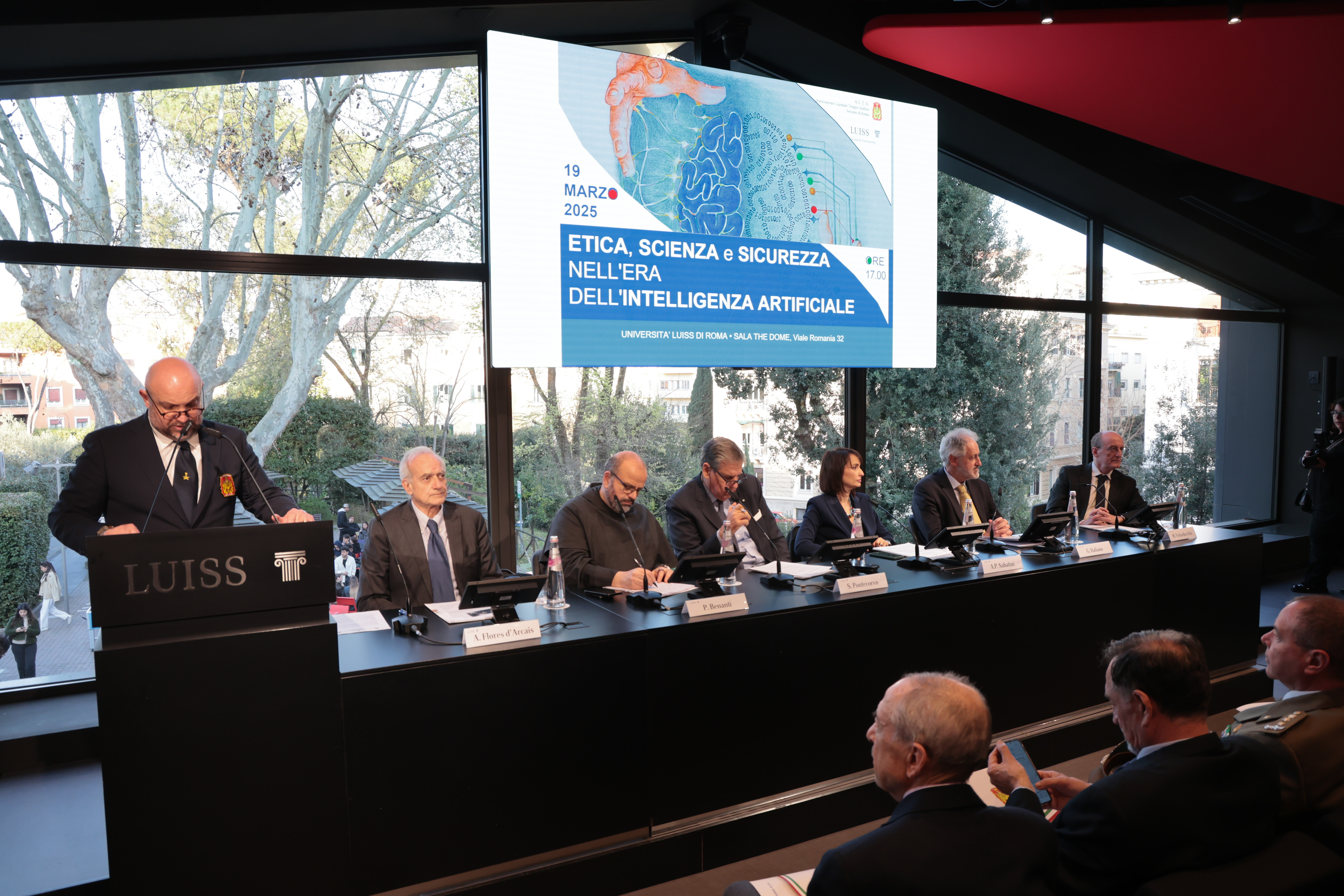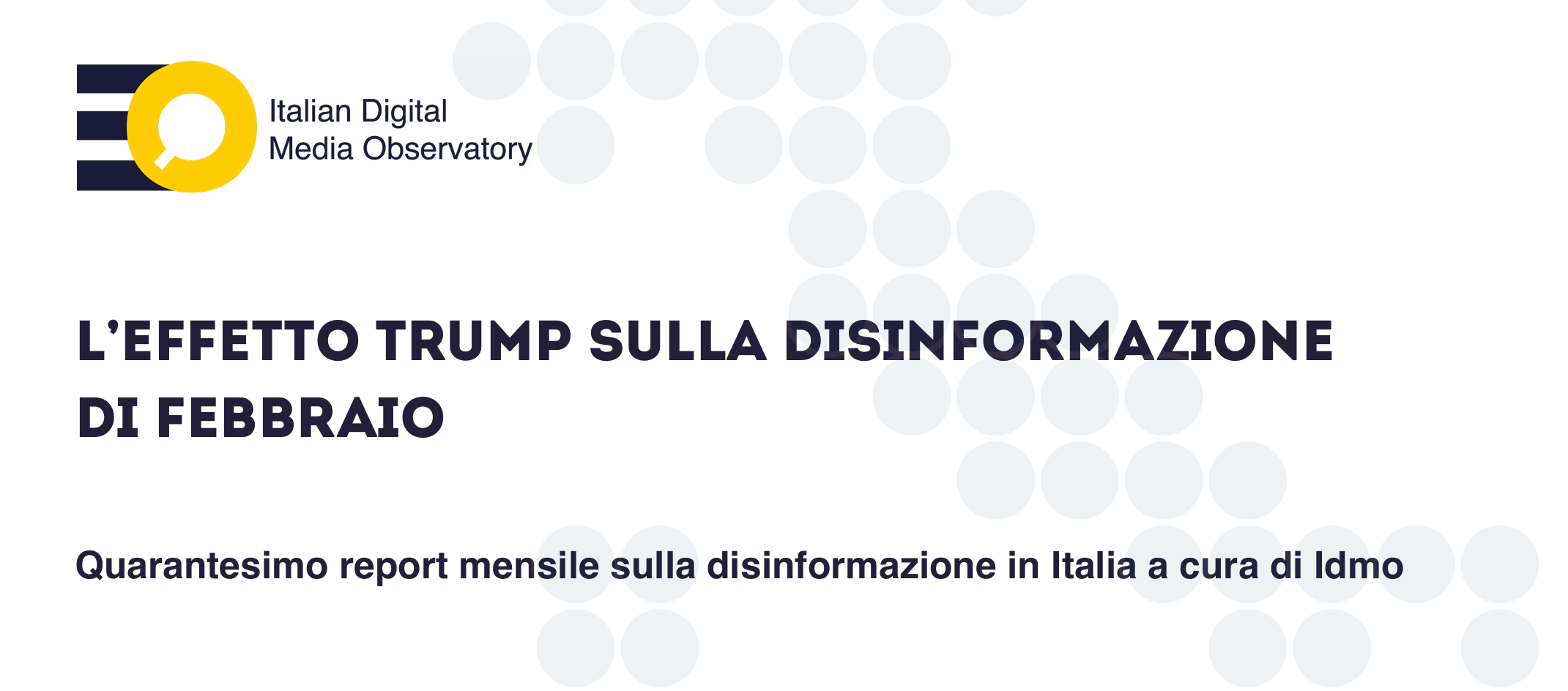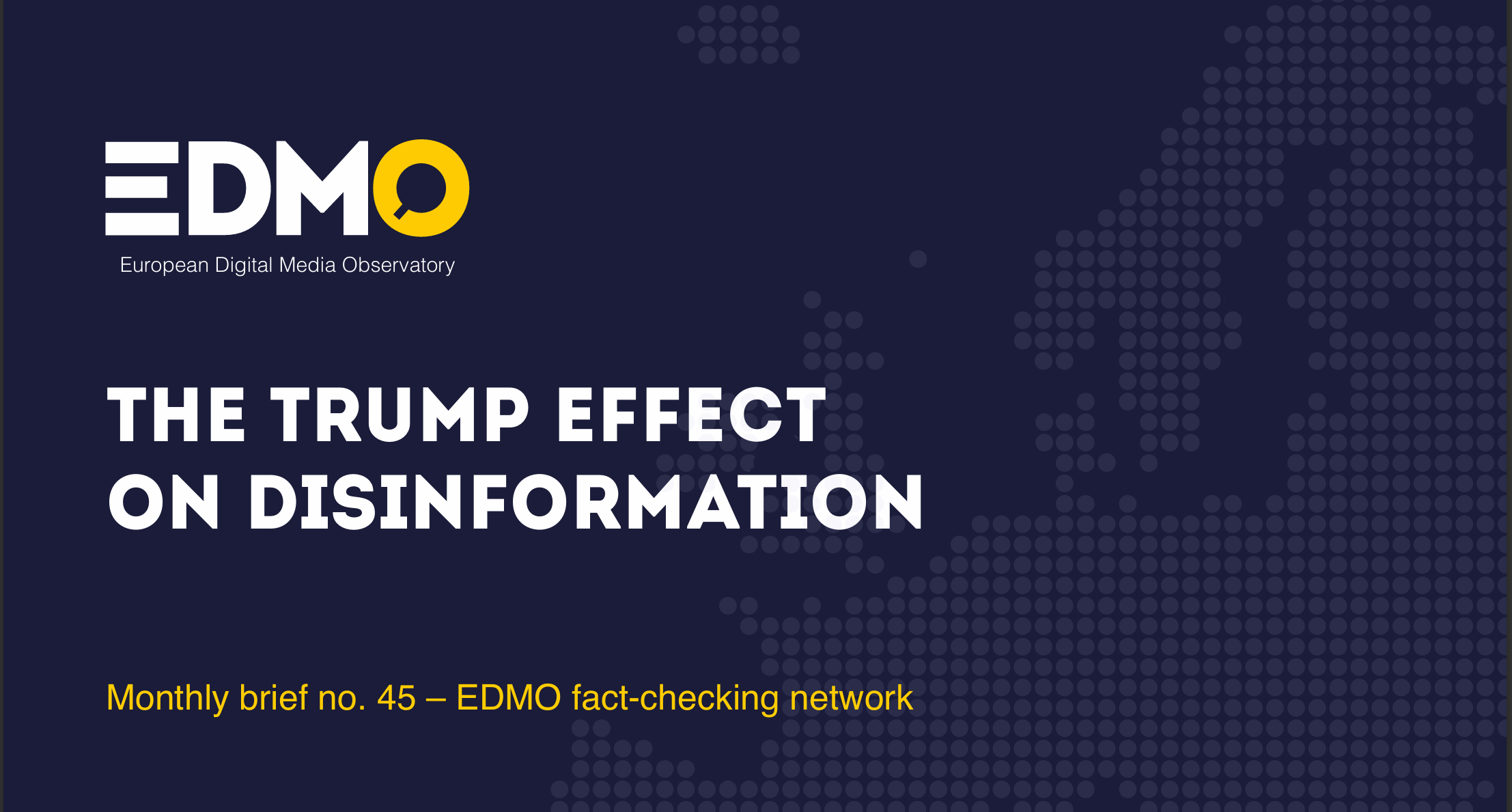There is a lot of disturbing and potentially traumatizing digital material coming out of Ukraine, especially in the form of images and videos.
To a large extent, journalists reporting about the war in Ukraine have to rely on digital content, coming from eyewitnesses or the parties at war, as few journalists are left “on the ground” and on location.
Sifting through all this digital material in the process of its verification and subsequent reporting can take its toll on the mental well-being of journalists and digital investigators. Worst of all, it can cause secondary trauma. That is why it is highly important to have appropriate handling and coping mechanisms in place and – if necessary – seek professional help.
Here’s some general advice for journalists and investigators dealing with digital audiovisual material coming out of Ukraine (or any other conflict or war).
- Always be mentally prepared when scrolling a news feed or digital material coming from a war or conflict zone as it may contain potentially disturbing imagery. “Up your guards” accordingly.
- Avoid especially what “triggers” you, if at all possible. This can be different things for different people. Being involved personally (e.g. because you have family in Ukraine) can add to the potential difficulties you may experience.
- Turn off the audio on your device during investigations – only turn it on when needed. Think about using transcription services in certain cases so you can read it and not listen to scenes of pain or torture over and over again. This is vitally important as the sound of horrific incidents can have significant negative effects on your psyche, hence it must not be underestimated.
- Reduce the size of videos from the war and disable autoplay. You decide when a video is played.
- Have post-its at hand if you need to cover bits of the screen, especially during longer / deeper investigations, for example when you have to do an in-depth investigation of a war scene video.
- Take regular breaks away from the screen. Do things that are nice and comforting. Don’t forget to treat yourself.
- When you are about to send a video or audio with potentially disturbing content to colleagues or others, let them know in advance what type of content it is so they can prepare mentally for what they are about to view.
- Label everything that you share / post / send / archive / publish appropriately (e.g. with a sign “WARNING – graphic imagery”), so others do not stumble across gruesome material accidentally and unprepared.
- Talk to your managers if something is not right. Insist on not having to do too many shifts dealing with potentially harmful material.
- Try to disconnect from work tools when you are not working.
- Whenever you notice that something “isn’t right”, talk to friends or colleagues. If things persist and really trouble you over longer periods, seek professional help. Do not feel ashamed about such matters getting at you!
While the above are just a short list of tips, the following resources are recommended for further reading and to those who want to dig deeper into the topic.
Work and resources of the DART Center for Journalism and Trauma
Work and resources of the Rory Peck Trust
Work and resources of the International News Safety Institute (INSI)
Ellis, Hannah (2018): How to Prevent, Identify and Address Vicarious Trauma — While Conducting Open Source Investigations in the Middle East
Eyewitness Media Hub / Dubberley, Sam; Griffin, Elizabeth; Mert Bal, Haluk (2015): Making Secondary Trauma a Primary Issue: A Study of Eyewitness Media and Vicarious Trauma on the Digital Frontline.
First Draft News / Dubberley, Sam; Grant, Michele (2017): Journalism and Vicarious Trauma. A Guide for Journalists, Editors and News Organisations.
Spangenberg, Jochen (2022): How war videos on social media can trigger secondary trauma.
The EDMO Taskforce on disinformation about the war in Ukraine
Alexandre Alaphilippe; Tommaso Canetta; Carlos Hernández- Echevarría; Jochen Spangenberg; Pawel Terpilowski; Claire Wardle;



